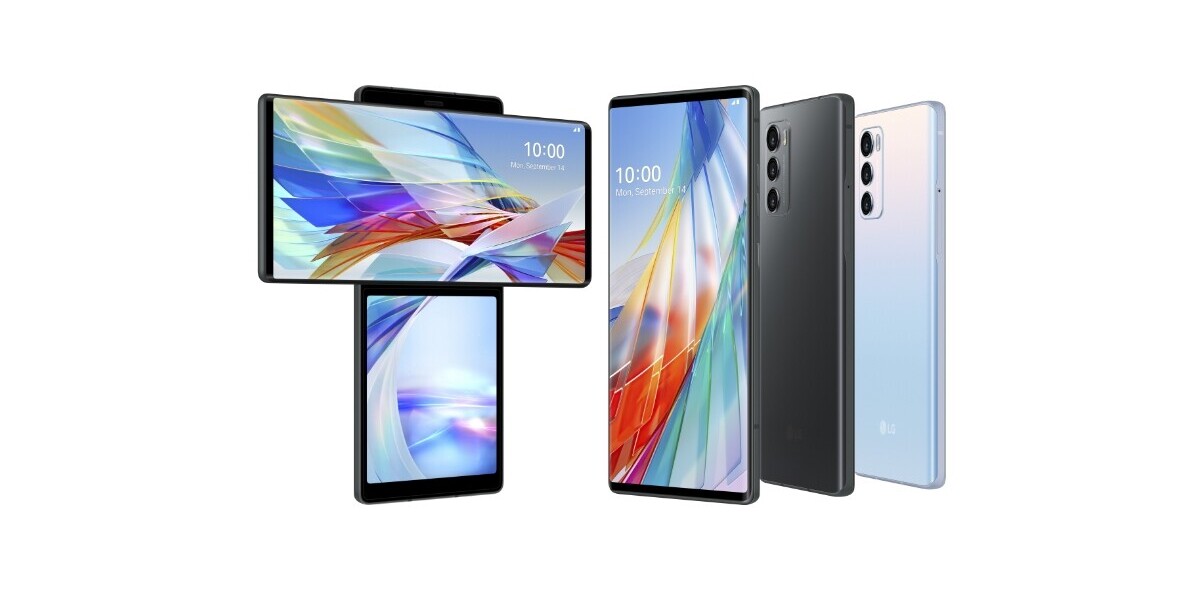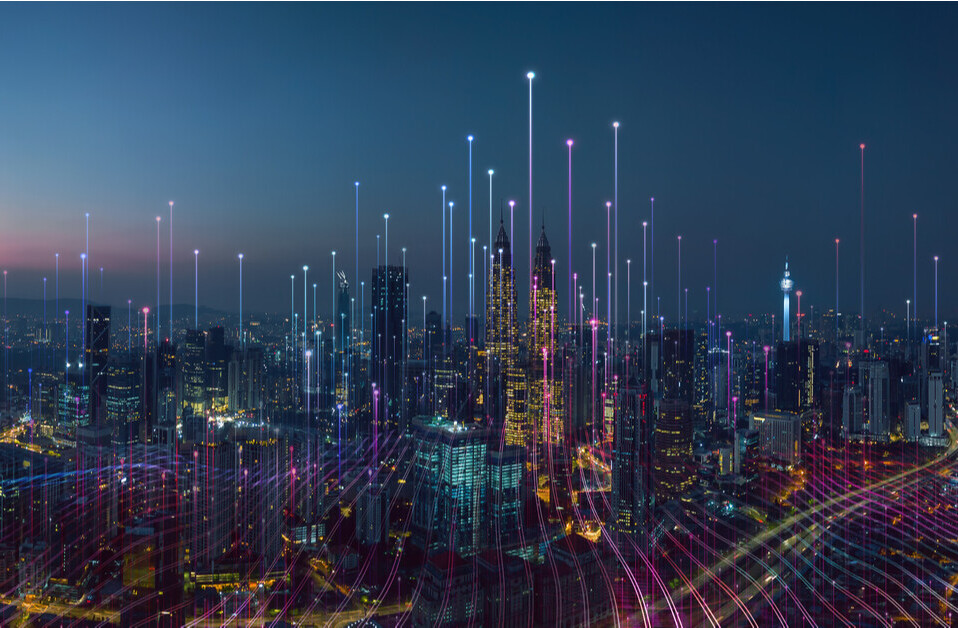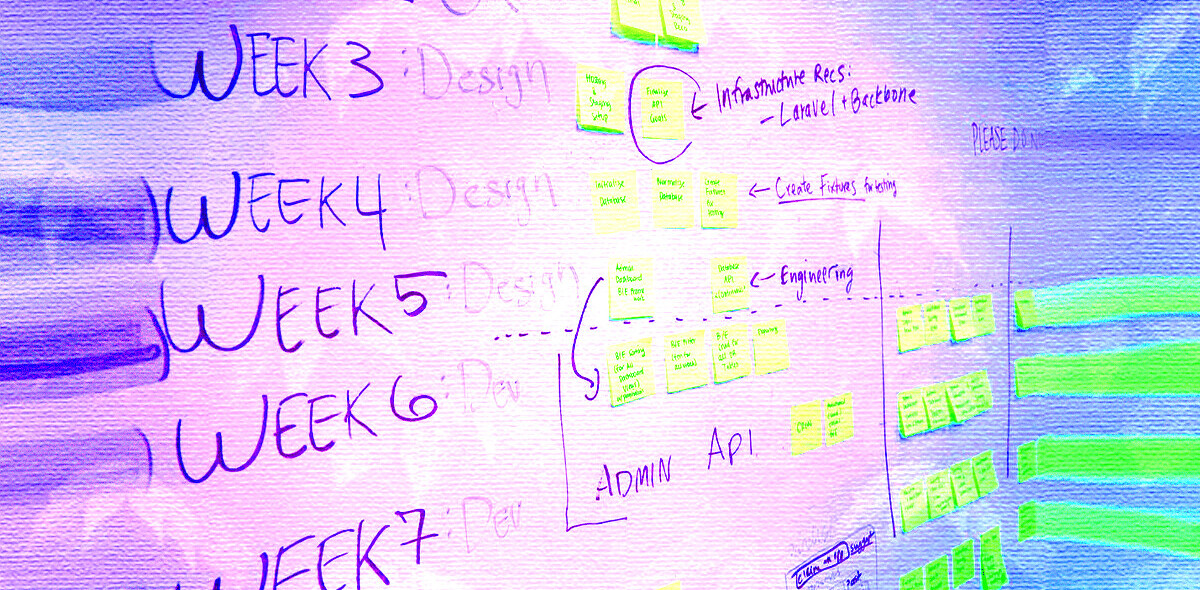
On a warm day in October, three corporates and two startups gathered together in the TNW offices for the conclusion of the one-hundred-day Vodafone IoT Challenge.
Innovation is something all businesses want, but few actually have time for. We read about the advanced new tools and technologies collecting richer insights and making things faster and easier than ever before. But, when it comes down to it, day-to-day tasks always end up taking precedence over the effort and progress we could make for tomorrow.
The real challenge is simply committing to the time it takes to innovate. That’s why Facilicom Group, Vodafone Ziggo, and the Heineken Experience joined the 2024 edition of the Vodafone IoT Challenge.
The Vodafone IoT Challenge began in 2018, as Vodafone Business IoT experts sought to address some of the most common customer challenges in new ways. The idea behind the initiative was to discover innovative solutions through the collective power of major industry players and cutting edge, young tech companies. After a successful first edition, the Challenge has gone on to welcome partners from different sectors.
Much like a fitness boot camp, the Vodafone IoT Challenge connects each participant to a startup in the IoT space and gives them the support and motivation to complete a one-hundred-day sprint in which they develop and demo a solution to one key challenge they’re facing.
The challenge kicked off on June 20 with the participants being matched up with two startups: Sensing Feeling and PFM Intelligence.
On October 17, everyone came together for Demo Day to share results and compare notes. Here’s what we learned:
Challenge One: How can we see without seeing?
As the EU takes a leading role in promoting data privacy rights across the bloc, this has also presented challenges for businesses that want to use technology to gain more insights, without infringing on data privacy.
This is the challenge Ron Knaap, Director of Platform Technology at Facilicom, was faced with. Focused on enhancing building occupant experience, Knaap and his team needed to develop a way to monitor factors such as occupancy levels, air quality, and occupants’ sentiments to improve well-being within buildings.
Through the programme, he was partnered with Jag Minhas, CEO of Sensing Feeling. Together, they developed a project that uses 3D sensors to create heat maps within buildings. In this way, they were able to gather rich data on things like whether crowds are gathering or dispersing, the velocity with which people are moving, and more. This information can then be used to provide real-time insights and even predict behaviours.
For Minhas, this challenge provided a new use case in which to deploy Sense Feeling’s technology and expertise, “Usually our use cases are outdoors or in industrial centres. This time we were able to focus on human behaviour in relatively compact spaces like reception areas and corridors.”
Challenge Two: Can we analyse people’s behaviour and match it to online reviews?
The Heineken Experience is an immersive experience with interactive exhibits that bring visitors closer to one of the Netherlands’ most beloved brands.
Benjamin David, Sales & Marketing Manager at the Heineken Experience, wanted to gain deeper insights into visitor satisfaction by understanding what was going on inside the attraction and comparing it to what visitors were saying online.
Bart Schmitz of PFM Intelligence was their solution partner for this challenge. Together, they analysed the key insights which could help Heineken to improve the experience. Based on these required data, PFM designed a sensor-based system that could gather information on visitor behaviour, flow, and interactions within their exhibition space.
One learning David took from the experience is that, although they started big, aiming to gain insights from the entire location ultimately, they realised they needed to limit the demo to a few key spaces.
However, both partners are confident that, when deployed this December, the insights gained by the system will aid strategic decision-making on refurbishments and routing, enhance the overall visitor experience, and allow them to test ideas that can be scaled up later.
Challenge Three: How can we optimise a store layout?
Vodafone Retail has recently introduced a new shop concept in their Bijlmer Arena location. As Hein van Hell, Channel Manager Vodafone Retail, explained, they wanted to be able to analyse the store in a data-driven way allowing them to optimise the layout and drive more traffic into the store.
They wanted to dive deeper into questions like: How are people interacting with the products on the different shelves in the shop? How busy is the street outside the shop at different times of the day/week? How many store clerks do we need to deploy at different times during the day? At the same time, they needed to ensure this data could be collected according to privacy and GDPR guidelines.
To gain these types of insights, they needed a solution that could monitor customer patterns, understand crowd composition, and engagement levels in their physical locations. Additionally, they needed a platform capable of aggregating diverse sets of data for comprehensive insights.
Van Hell and his solution partner, Christiaan van Rooijen of PFM, came up with a concept that combined technologies to get the insights Vodafone Ziggo wanted.
“Although they already had a store counter, we installed sensors that could capture data on shoppers coming into the store. We also installed sensors focused on street traffic so we could understand how many people walked by the store compared to how many people went in. Once shoppers stepped inside, we were able to track every step they took in the store,” said van Rooijen.
Through this demo, they were able to confirm that their new shop concept is more appealing and also gain insights into how they could customise their portfolio of products based on customer insights.
Learnings for the future
Two things participants really enjoyed about the program were: having a dedicated TNW programs project manager keeping them on task throughout the one hundred days and being able to share and learn from each other’s experiences.
Jelmer Letterie, Senior Marketing Manager for Vodafone Ziggo and the Program Manager of the IoT Challenge, highlighted that although they were three very different projects, they had a lot of similarities in terms of learnings. In fact, he shared three overall takeaways from Demo Day:
- Continuous learning — Even established companies can always be learning something new by challenging themselves to take a step outside the box.
- Partner with experts — Collaboration with specialists accelerates progress and opens new perspectives.
- Start small, think big — Innovation takes time. Start with a smaller, focused project that can later be scaled across the business.
“These three pillars are actually the purpose of the IoT Challenge,” Letterie emphasised as they wrapped up the final day.
Get the TNW newsletter
Get the most important tech news in your inbox each week.
Content provided by Vodafone Business and TNW






